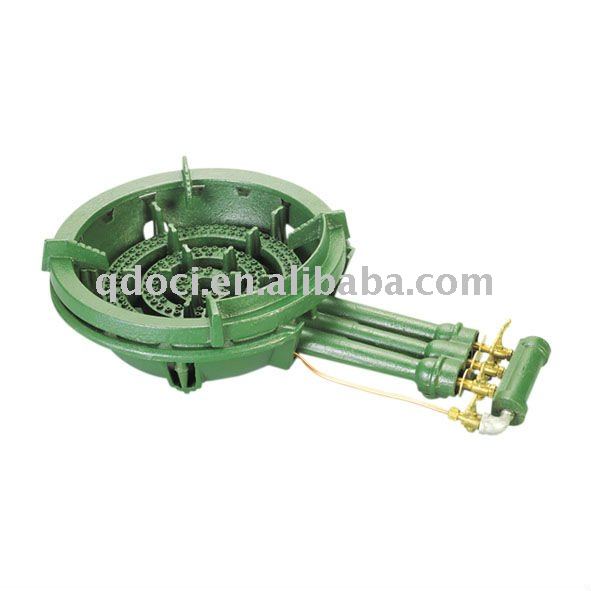Hello,
I recently got a new Frigidaire gas range. Mostly seems fine, but the second strongest burner (supposedly 13,500 btu) struggles to boil a moderate quantity of water (by moderate I mean about 7 cups in a thick aluminum sauce pan. It gets to a mild boil but will do no more unless the lid is on. I adjusted the flame with a tiny screw deep down in the middle of the burner control knob until it got as large as it could (as suggested by the manufacturer), but didn't seem to make much difference.
The flame seems to look OK, though it's proportionally a little wider than the largest burner flame (17,000 btu), which easily boils much larger quantities of water.
Does this seem normal? I had thought this amount of btu would be a cinch for boiling larger quantities of water. (It's under warranty, but if a service person comes out and finds nothing wrong with the range, then I might get charged, so I thought I'd get some input here first).
Thank you for your help
Steve
I recently got a new Frigidaire gas range. Mostly seems fine, but the second strongest burner (supposedly 13,500 btu) struggles to boil a moderate quantity of water (by moderate I mean about 7 cups in a thick aluminum sauce pan. It gets to a mild boil but will do no more unless the lid is on. I adjusted the flame with a tiny screw deep down in the middle of the burner control knob until it got as large as it could (as suggested by the manufacturer), but didn't seem to make much difference.
The flame seems to look OK, though it's proportionally a little wider than the largest burner flame (17,000 btu), which easily boils much larger quantities of water.
Does this seem normal? I had thought this amount of btu would be a cinch for boiling larger quantities of water. (It's under warranty, but if a service person comes out and finds nothing wrong with the range, then I might get charged, so I thought I'd get some input here first).
Thank you for your help
Steve

